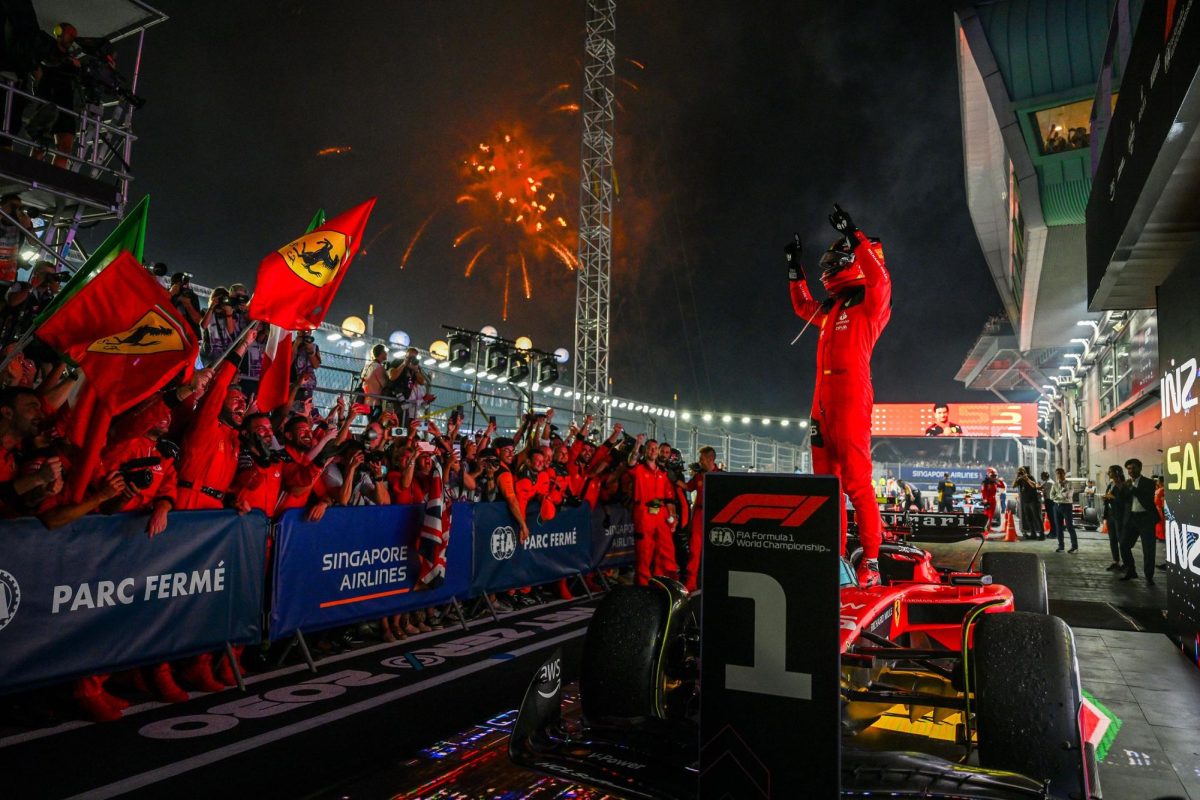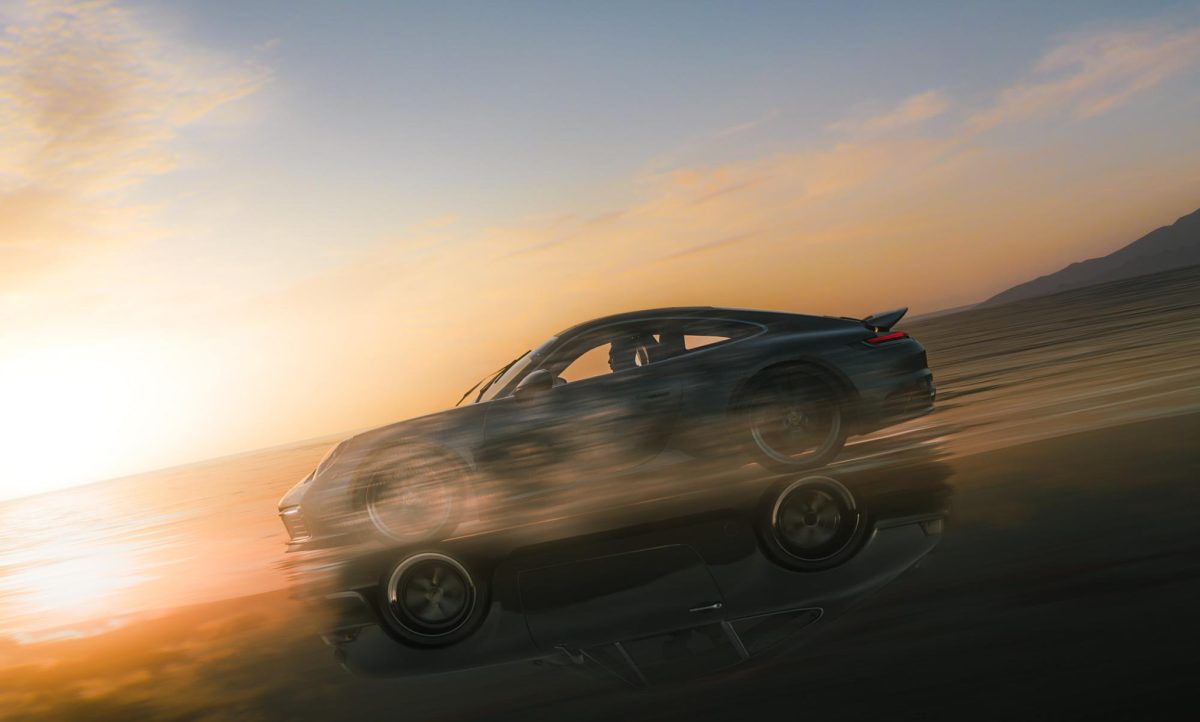Porsche is considered to be at the top of the German automotive industry for many reasons. Its most iconic car, the Porsche 911 defines Porsche, being able to blend luxury and performance perfectly and no other company does it better than Porsche. The Porsche 911 offers a luxurious design in and out while also giving us high-end performance.
The Beginning of an Automotive Icon

The Porsche 911 was unveiled to the public eye on September 12th, 1963. Its unveiling took place at the Frankfurt International Motor Show in 1963, but the Porsche 911 didn’t go into production until 1964. After it was first released into the public, the car was highly praised over its gorgeous design and aesthetic, simplicity, and performance. The 911 looked more luxurious than sporty but when unrestricted, it was able to keep up with cars that cost many times more. The Porsche 911 launched at a price of $6,500 USD, which is a little over $64,000 with inflation. It may not seem like a lot in today’s economy, but remember that this was back in the 1960s, so $6,000 was a lot back then.
You’re probably wondering, what does “911” even mean? It definitely does not relate to the 911 emergency number. As a matter of fact, the “911” emergency number wouldn’t be used until 1968. Porsche was in a rush to give the car a name. It does not mean 911 horsepower. So why did they choose “911?” They wanted to name it the Porsche “901”, however that number was already reserved by the French automobile company, Peugeot. However, Peugeot did not trademark “901”, the French automotive made it clear that they owned the naming rights to that number, so Porsche scratched out that number to avoid any troubles. Porsche ultimately decided that the easiest thing to do was to just replace the “0” in 901 with a “1”, unknowingly sparking a long-lasting love and admiration with the Porsche 911 by car enthusiasts.
Under the Hood
I guess I should say “under the trunk.” The Porsche 911 is a rear-engine car, meaning that the engine is on the back of the car instead of the front. Why put the engine on the back instead of the front like many other cars? Since the engine is in the back, this means that there is more weight or load on the rear tires, which in turn gives more traction to the rear tires. This was done to get as much traction to the rear wheels as possible to give it better straight-line performance than many other RWD sports cars. The engine in the Porsche 911 was never really about being the most powerful, but offering better handling.

The 2.0L Flat-6 engine allowed for a lower center of gravity because of its layout and design. The name “flat” comes from the fact that all the cylinders are arranged horizontally or flat. This design allowed for a more sportier style of driving. It’s design also made it suitable for air-cooling. The Flat engine also has good balance and less vibration, meaning that the ride will feel comfortable and the car will handle better because of the weight distribution.
But every engine has its flaws, and the wonderful Flat-6 engine from Porsche is no exception, especially the air-cooled Flat-6 engine. The Flat-6 may have a lower center of gravity than a V-6 or an Inline-6. However, it’s wider than other engines, limiting the maximum steering angle if it were to be used in the front of the car instead of the rear. Though, this isn’t really a problem for the Porsche 911 as the engine is in the rear so maximum steering angle isn’t an issue at all.
The air-cooled Flat-6 engine was more vulnerable to overheating since it relies on an external fan pulling out hot air from the engine to keep temperatures at an optimal level. You had to be careful of how long the engine is running because it can also overheat from simply being idle for too long. Fortunately, Porsche had stopped usage of the air-cooled engines a long time ago and is using water-cooled engines that are more reliable, efficient, and powerful. The first water-cooled Porsche was the 1997 Porsche 911 (Type 996). The water-cooled Flat engines are still being used by Porsche today for their later generations.
Iconic Design

Game: Forza
One of the main reasons why the Porsche 911 is so popular is because of its timeless design. It’s elegant roof lines and the iconic fly lines remained a staple of Porsche’s design. Porsche never strayed away from the original design, like Dodge turning their Dodge Charger from a 2-door muscle car to a 4-door family sedan. Instead, they kept that design and let it evolve over the years. Porsche isn’t the only one to do this, though. Swedish automotive manufacturer, Koenigsegg, also does this really well with their supercars. They keep the original form while making subtle refinements to the design instead of redesigning the whole body from scratch. Porsche is one of the only car manufacturers that retains its original design and refine the design to keep it up-to-date.
Achievement in Motorsports

In over 60 years of racing heritage, Porsche has over 30,000 race victories. Porsche has 108 class wins and 19 overall victories in Le Mans, making it the most successful manufacturer in the entire history of Le Mans with another German manufacturer, Audi, being second place with 13 wins and the Italian automaker, Ferrari, placing third with 10 wins. Porsche has also achieved the most consecutive wins with 7 victories from 1981 to 1987. Porsche did not only just do track racing, they also did rally racing shortly after the 911 launched. The car proved to be successful even in rallying, especially in Dakar rally. The Dakar rally race is well known to be the toughest race in the world, having very rough, unforgiving terrain along with unpredictable weather that can make this race much more difficult than it already is. Driver fatigue is also common because this is a very, very long race. The race stretches up to 15,000km (9,300 miles) in length and takes from 10-15 days to complete. In fact, the race is so dangerous that since 1979, 79 people have died participating in the Dakar Rally race. Why did I bring up the Dakar Rally? Because Porsche participated in Dakar Rally with their modified Porsche 911 in 1984. To account for the rough terrain, they made a lot of modifications to the car such as reinforced suspension and chassis, bigger and tougher tires, and raising the ride height, along with a 120-litre fuel tank in the front luggage compartment and a second 150-litre tank where the rear seats would be. They also changed the drivetrain from RWD to AWD for better off-road performance, made the windows, front fender, doors and the roof from plastic to reduce weight, and fitted a steel roll-cage in the car.

With these modifications to the car, the Porsche 911 managed to win the Dakar race in 1984, despite all odds. The reinforced chassis and suspension were tough enough to withstand the rough terrain, the reduced weight of the car, and more rugged tires helped it accelerate and handle better. The extra fuel to ensure the car lasts through the entire race, the lifted suspension helped with bumpy and rocky surfaces, along with an AWD (All-Wheel Drive) system for better performance. No one believed that a sports car would win or even be able to participate in a race like the Dakar. The Dakar was just very intense for even the most prepared rally vehicles.

René Metge was the one who drove the Porsche 911 Carrera 3.2 4×4 Paris Dakar. It was mainly his driving skills, combined with the incredible car that led to the victory of the Dakar race. This wasn’t the first time Metge had been in this race. He’s completed this race before so he already knew his way around the race, and the modified Porsche 911 was suitable for the race. Two years later, he won the Dakar race again. However, instead of using a modified Porsche 911, they used a modified Porsche 959.
The Future of the Porsche 911
Porsche is reportedly working on a new Porsche 911 with a hybrid system. It will still feature the infamous Flat-6 engine, however, there will be electric motors paired with the engine to achieve a higher power output. Porsche isn’t ready to give up on combustion engines as a whole, either as they are already looking into an alternative fuel for the combustion engine to stay true to the Porsche 911’s legacy. It’s part of what made the Porsche 911 such a remarkable car and an icon in the automotive industry.





























